Too much roll on a boat underway can make it hard to fish, eat, drink or even move about. So in 2003, Seakeeper began R&D on nautical motion controls to address the problem. Eventually Seakeeper developed a gyroscope that uses industrial motion products for maximum stability. According to Seakeeper, this computer-controlled gyroscope eliminates most boat roll and the fatigue — plus the anxiety and seasickness that go with it.
Since then, Seakeeper has introduced six new models of varying sizes and specifications for various boat sizes. The original M7000 is for boats 40 to 60 feet in length. Newer models go on boats from 30 to 220 ft. There have been other improvements too.
Remember toy gyroscopes from childhood? The same physics are at play in this seacraft gyroscope. The Seakeeper includes flywheel, spherical housing, vacuum seal, and coolant lines; precession control and angle sensor; computer control unit, gyroscope electric motor, heat exchanger, water pump, power and signal wiring, foundation and mounting hardware.
In the Seakeeper design, a heavy flywheel quickly spins to generate angular momentum. For example, the Seakeeper 9 flywheel weighs 590 lb and spins at 9,000 rpm on a vertical axis. The flywheel operates in a vacuum enclosure so there’s no air friction — to allow a lighter flywheel to the do the job while consuming less power. The flywheel’s angular momentum produces a gyroscopic righting torque that counteracts the boat roll.
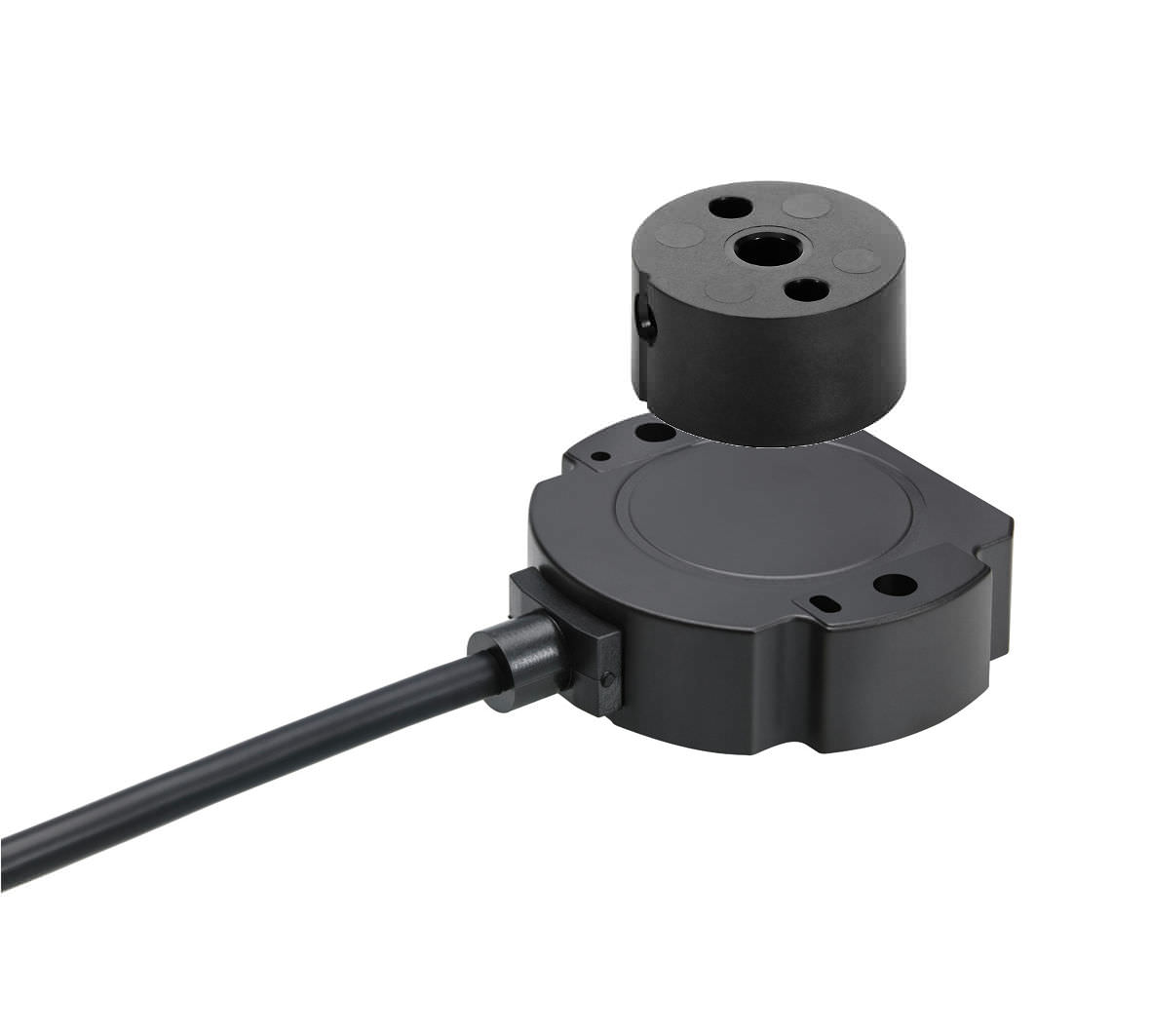
As normal wave action rolls a boat, the rolling and inertia of the gyroscope’s flywheel make the gyro precess — with precession being a changing of a rotational body’s orientation of rotational axis.
The gyroscope precesses fore and aft, depending on roll direction.
The amount of torque the gyro exerts on a boat’s hull (to counter wave-induced roll) is directly proportional to this precession rate …
… so precession angle and rate are key performance parameters. Accurately controlling the precession maximizes the gyro’s anti-roll function.
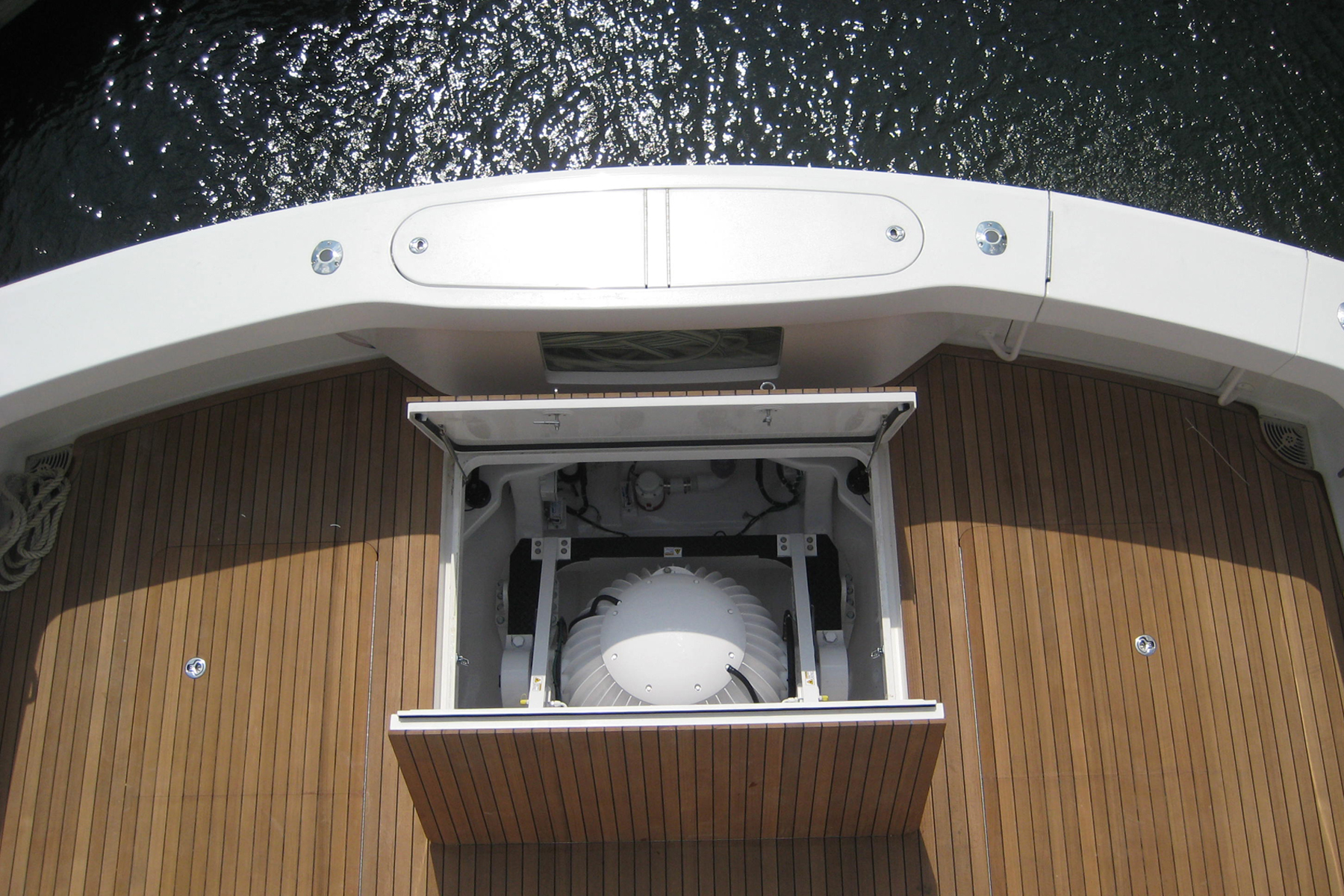
During powerup, the Seakeeper begins a spool-up cycle of 30 to 40 min. to establish stability. The tradeoff of longer spool-up time allows for a smaller footprint and lower power draw — which accommodates power and space constraints common on watercraft. As the flywheel spools up, a seawater-and-glycol mixture pumps to a heat exchanger to shed flywheel heat (which can be significant, as the flywheel on a mid-sized Seakeeper rotates to 9,000 rpm when running at rated speed). This produces an angular momentum rating of 9,000 Nm. Looking down on the Seakeeper 9 from above, the flywheel inside the spherical housing runs clockwise. When the Seakeeper engages, the sphere containing the flywheel precesses fore and aft to create torque to port and starboard.
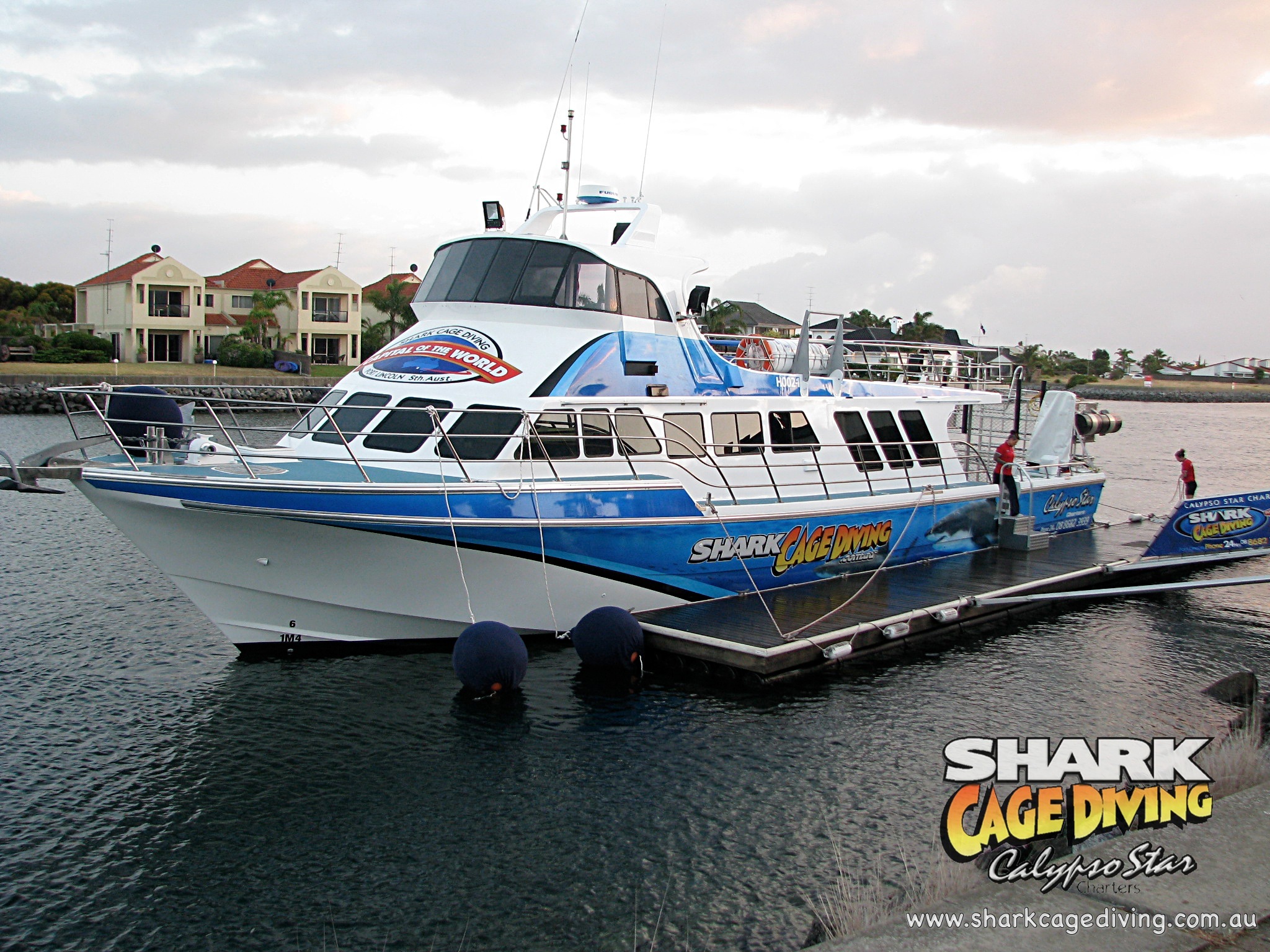
A Novotechnik RFC 4800 position sensor tracks the fore and aft precession angle of the sphere. Time is tracked along with the position to continuously compute the rate at which the sphere is precessing. The sphere position and boat roll information are output to Seakeeper’s control computer and a proprietary algorithm determines how much braking resistance to apply to the sphere’s movement for maximum boat roll damping.
Seakeeper picked the Novotechnik RFC 4800 for its accuracy and reliability. Plus with a housing diameter of 48 mm, the sensor was small enough to integrate into a gimbal shaft supporting the gyroscope. With 0.1° repeatability and linearity of less than ±0.5% of full scale — as well as hysteresis of less than 0.1° and an optional redundant channel — Novotechnik’s sensor met Seakeeper’s requirements and has already proven its reliability in thousands of Seakeeper gyroscope systems.
Without active control via the RFC 4800 (including measuring and reporting the position of the sphere) the gyro wouldn’t effectively adapt to changing sea conditions.
Seakeeper eliminates up to 95% of boat roll. To see what this means in practical terms, Seakeeper has a control on their home page that visitors can use to turn a simulation on and off. The simulation puts a passenger on the boat or the passenger can change view and see the boat from off the aft to starboard. There is also a video that builds a Seakeeper unit from the flywheel out and demonstrates the controlled sphere movement versus wave action described in this article.
In some applications more than one Seakeeper unit of the same or different sizes are installed. While their control signals are not interconnected electrically, they appear to be synchronized because the gyros all react to wave motion in the same way. To install a Seakeeper gyro in a boat it has to have enough space to mount and access the unit. Typically, this is not an issue as Seakeeper can be installed virtually anywhere onboard. The boat also has to have a mounting structure designed to withstand the gyroscopic forces. Current boat owners can retrofit a Seakeeper gyro and in fact 25 to 30% of units sold are retrofitted—depending on Seakeeper model.
Today’s boat builders are designing their boats for stabilizing gyros so that even if the initial owner doesn’t opt for one, they can be easily installed later.
Six new models since the initial Seakeeper M7000 offer improved compactness and bolt-on mounting to make retrofits and new installs easier. Going from low to high-volume production has let Seakeeper improve reliability through better tooling and quality control. Performance has been improved as well with advances in the electronics to make Seakeeper gyros more robust for marine environments while introducing advances in precession control logic that results in less roll in all sea conditions. Seakeeper also upgraded from paint to powder coating of their units since the M7000 to improve corrosion resistance.
Seakeeper’s gyros help recreational boaters get more enjoyment from their yachts and let commercial fishermen expand operability in challenging seas. The Seakeeper reduces unsafe working conditions by over 90% according to one commercial enduser. Another commercial enduser says that the gyro reduces fatigue and makes equipment and crew transfers safer.
For more information, visit novotechnik.com or seakeeper.com.

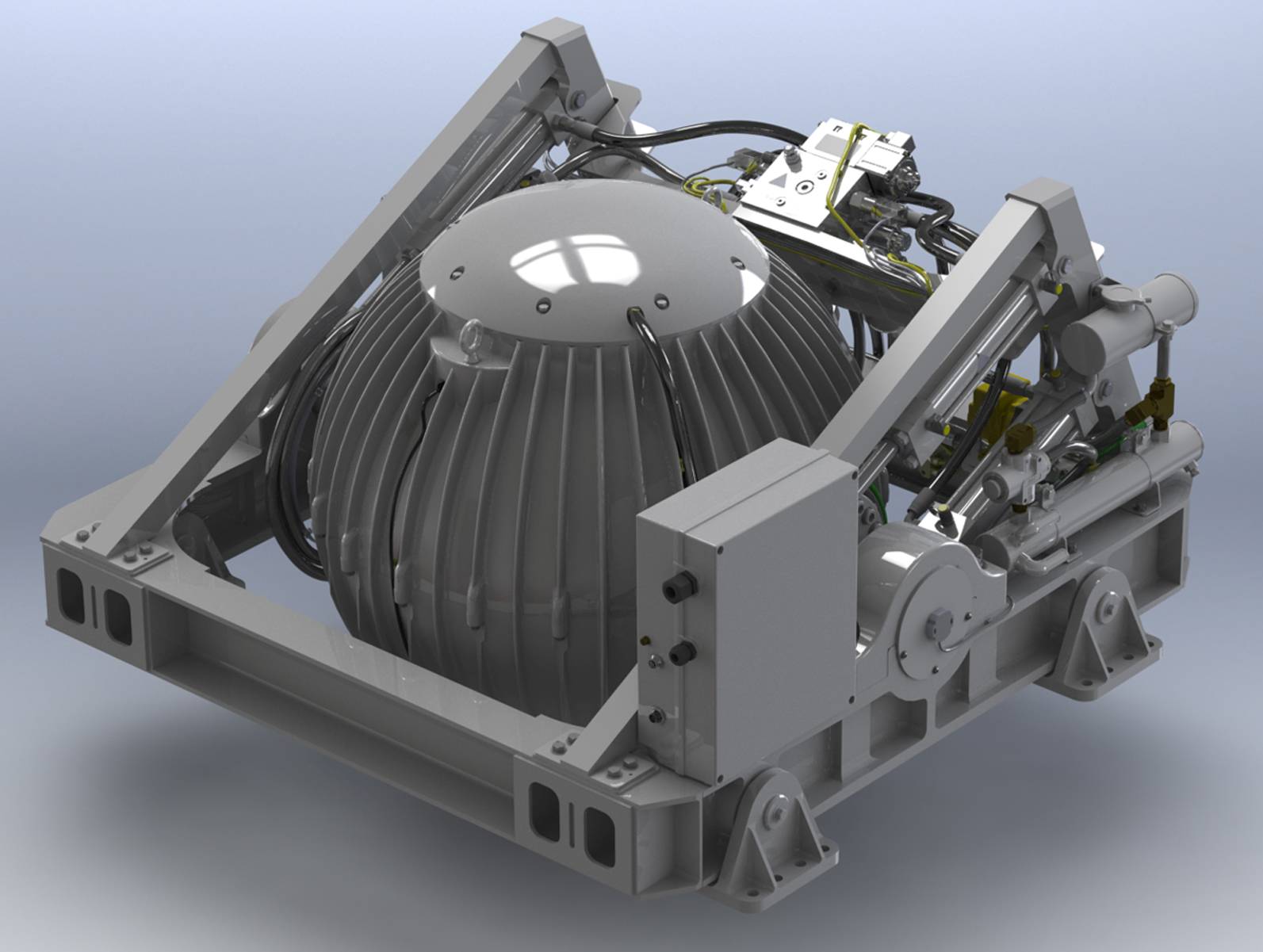
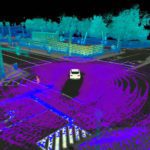
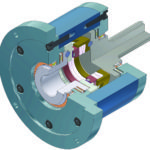
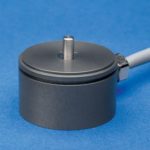
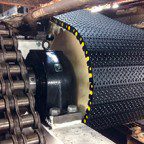
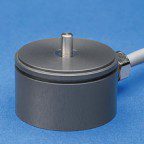

Leave a Reply
You must be logged in to post a comment.